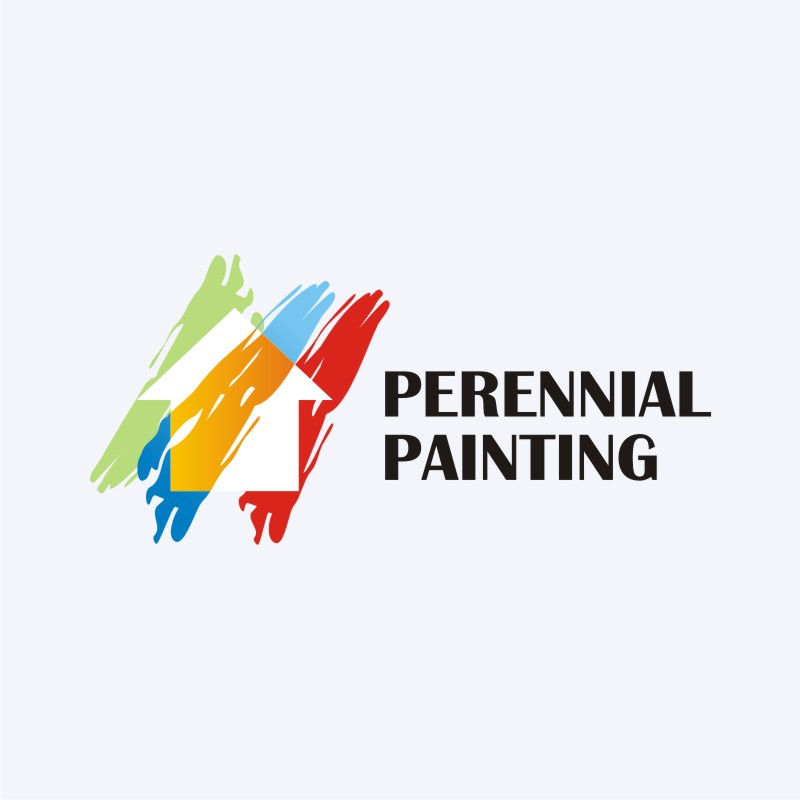Discover How Seasonal Influences Can Affect The Efficiency Of Industrial Exterior Paint And Figure Out The Most Beneficial Times To Guarantee Durable Outcomes For Your Project
Discover How Seasonal Influences Can Affect The Efficiency Of Industrial Exterior Paint And Figure Out The Most Beneficial Times To Guarantee Durable Outcomes For Your Project
Blog Article
Article Produced By-McLamb Celik
When you're planning a business external painting job, seasonal variables can make or break your results. You'll wish to consider how temperature and humidity effect paint application and drying out times. Selecting the best season can ensure your paint adheres effectively and lasts longer. However which seasons are truly the best for this type of work? Allow's discover click the up coming web site that can impact your job's success.
The Effect of Temperature on Paint Application
When you're planning a business outside paint project, the temperature can dramatically impact just how well the paint adheres and dries.
Preferably, painter want to repaint when temperatures range in between 50 ° F and 85 ° F. If it's as well cold, the paint might not cure effectively, causing concerns like peeling or breaking.
On the flip side, if it's too hot, the paint can dry out also swiftly, avoiding proper attachment and leading to an irregular coating.
You must also think about the time of day; early morning or late afternoon uses cooler temperatures, which can be extra favorable.
Always examine the maker's recommendations for the certain paint you're utilizing, as they commonly give assistance on the perfect temperature level range for optimum results.
Moisture and Its Result on Drying Times
Temperature isn't the only environmental variable that affects your industrial exterior painting job; moisture plays a substantial function as well. High humidity degrees can slow down drying out times drastically, affecting the overall high quality of your paint work.
When the air is saturated with dampness, the paint takes longer to treat, which can bring about concerns like bad attachment and a higher threat of mildew development. If you're painting on a specifically moist day, be prepared for extended wait times in between coats.
It's crucial to keep track of neighborhood climate condition and strategy as necessary. Ideally, aim for humidity degrees in between 40% and 70% for optimal drying.
Keeping these consider mind ensures your project remains on track and supplies a long lasting coating.
Best Seasons for Commercial Exterior Paint Projects
What's the most effective time of year for your commercial exterior paint tasks?
Springtime and very early fall are commonly your best choices. During these periods, temperature levels are moderate, and moisture levels are often lower, developing optimal conditions for paint application and drying out.
Avoid distribution facility painting , which can cause paint to completely dry also quickly, causing inadequate adhesion and coating. Similarly, wintertime's cold temperatures can prevent correct drying out and treating, running the risk of the longevity of your paint task.
Aim for days with temperature levels between 50 ° F and 85 ° F for optimal outcomes. Remember to check the regional weather forecast for rain, as damp problems can ruin your job.
Planning around these elements ensures your paint task runs smoothly and lasts longer.
Verdict
Finally, preparing your industrial outside painting tasks around seasonal factors to consider can make a substantial distinction in the outcome. By organizing job during the optimal temperatures and humidity degrees, you'll make sure far better bond and drying times. Keep in mind to keep an eye on local weather prediction and choose the right time of year-- spring and early fall are your best choices. Taking these actions will certainly help you attain a resilient and professional finish that lasts.
